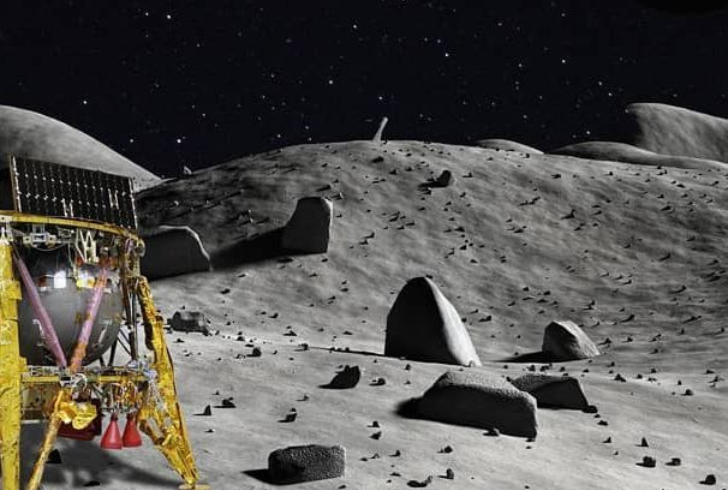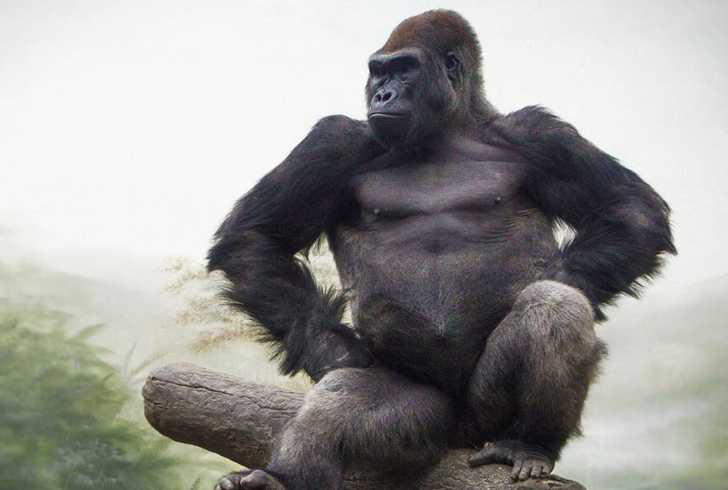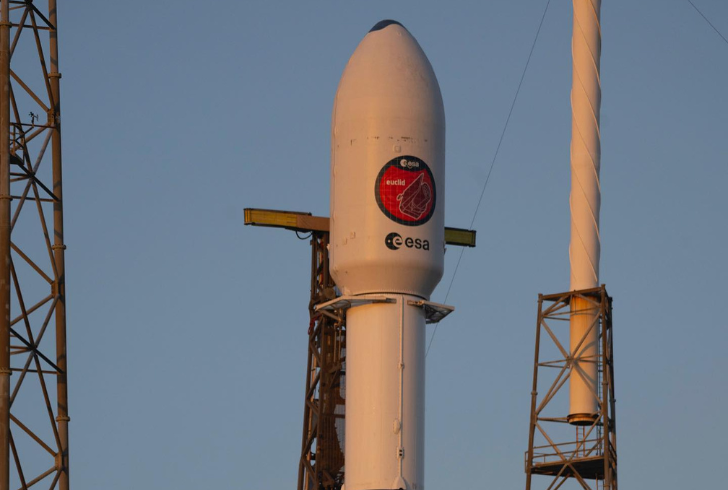In the heyday of the Apollo program, when astronauts first set foot on the moon, the world watched in awe. Those missions, fueled by less computing power than the smartphone in your pocket, were nothing short of miraculous.
But here's a reality check: even today, with all our advanced technology, moon landings are a formidable challenge. This truth has been underscored by recent missions, both triumphant and troubled, painting a vivid picture of the complexities of lunar exploration.
The New Lunar Quest

Instagram | beresheet_spaceil | In 2019, Israel's Beresheet spacecraft unfortunately crashed in the Sea of Serenity.
Remember Israel's Beresheet spacecraft, which met its untimely end in the Sea of Serenity back in 2019? Or the more recent mishaps, like Russia's Luna-25 and Japan's Hakuto-R, both of which suffered a similar fate?
These setbacks, however, haven't dampened the spirit of space exploration. In fact, they're part of a renewed global interest in lunar missions, a sort of modern space race with the moon as the finish line.
The Peregrine Mission: A Bumpy Ride
Take, for example, the ambitious Peregrine Mission One, the brainchild of Astrobotic Technology. This Pittsburgh-based company, under NASA's wing and a hefty $108 million contract, aimed to land the first US lunar lander in over 50 years. The Peregrine spacecraft's journey began with a historic liftoff atop the Vulcan Centaur rocket.
But space is unforgiving. A critical fuel leak led to the loss of controlled landing capability, derailing the mission's original plan. This was a setback, not just for Astrobotic, but for NASA's vision of affordable lunar exploration through its Commercial Lunar Payload Services program.
Unraveling the Mysteries of Our World
But it's not just about reaching the moon. There's so much happening closer to home that's equally fascinating.
The Genetic Puzzle of Multiple Sclerosis
Take the recent study on the genetic origins of multiple sclerosis (MS), a debilitating autoimmune disease. The key might lie in our ancient past, with the Yamnaya, nomadic herders from the Bronze Age. Their westward migration introduced a genetic variant that once combated pathogens but now plays a role in this modern disease. This intriguing connection between our ancient ancestors and present-day health challenges shows just how interwoven our past and present are.
Gigantopithecus: Uncovering the Past

Instagram | bagikertas | Gigantopithecus blacki, was a colossal primate nearly 10 feet tall that once roamed our planet.
Speaking of the past, did you know about Gigantopithecus blacki, the real-life King Kong? This massive primate, standing almost 10 feet tall, once roamed our Earth. Recent research, digging into fossils and sediment, has shed light on why these giants vanished. It's a fascinating tale of evolution, environment, and survival, offering valuable insights into our planet's history.
Cosmic Discoveries and Ancient Skins
Fast Radio Bursts: The Cosmic Mystery
The cosmos keeps throwing curveballs at us. The recent tracing of a powerful fast radio burst (FRB) to a rare galaxy cluster is one such example. These enigmatic bursts, first discovered in 2007, are as mysterious as they are intriguing. Pinpointing their origin is like finding a cosmic needle in a haystack, and each discovery brings us closer to understanding the vastness of our universe.
A Glimpse into Prehistoric Life
And then there's the discovery of the world's oldest fossilized reptile skin, predating dinosaurs. Found in Oklahoma's Richards Spur limestone caves, this 289 million-year-old relic offers a tangible connection to our planet's distant past. It's a rare glimpse into the life of creatures that walked the Earth long before us.
The Future of Exploration
Looking Beyond Our Moon

Instagram | europeanspaceagency | China, partnering with the European Space Agency, has launched a probe focused on studying high-energy cosmic events.
As we continue to reach for the stars, our quest for knowledge extends beyond lunar missions. China, in collaboration with the European Space Agency, has launched a probe to study high-energy space phenomena. Meanwhile, the debate over deep sea mining, with Norway at the forefront, highlights our ever-growing curiosity and the ethical considerations it brings.
Rediscovering Our Roots
In a nod to history, a 106-year-old sailing ship is retracing Charles Darwin's evolutionary-inspiring voyage. This journey not only honors Darwin's legacy but also reminds us of the endless quest for knowledge that defines humanity. Similarly, the discovery of a T. rex relative in New Mexico adds another piece to the puzzle of our planet's diverse past.
In essence, each of these stories, from lunar setbacks to terrestrial discoveries, weaves into the larger narrative of human curiosity and resilience. They remind us that exploration, whether it's stepping onto the moon or unearthing secrets from the past, is fraught with challenges but rich with rewards.
As we look to the stars and delve into our planet's history, we continue to push the boundaries of what's possible, driven by an insatiable desire to understand our place in the cosmos.








